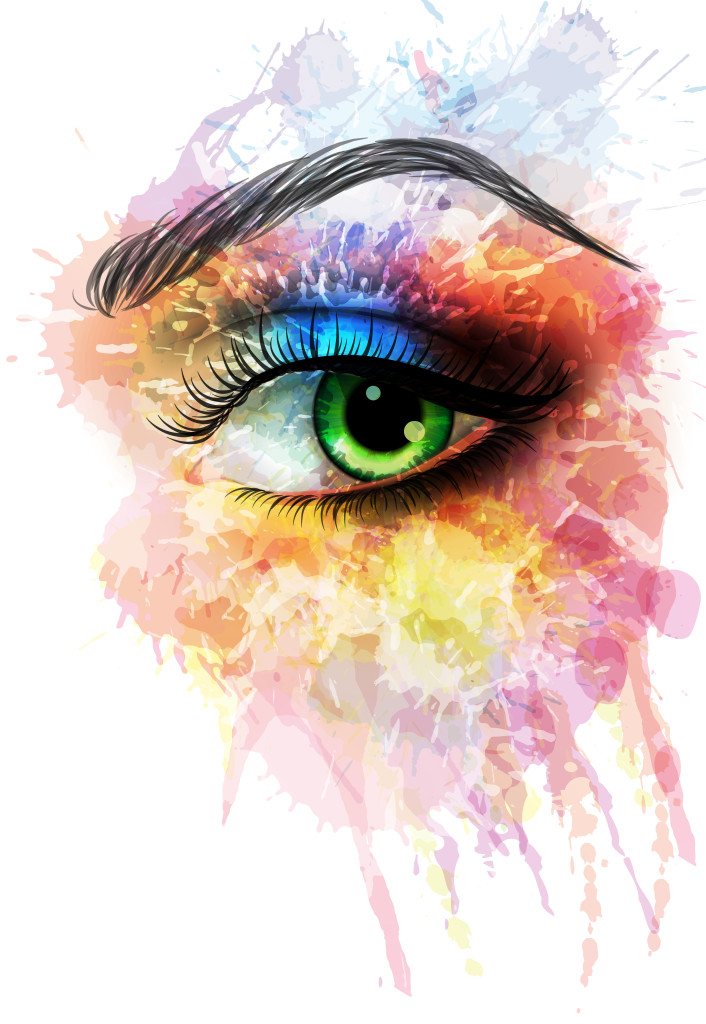Double Vision and Cataracts
Double vision, like all sudden vision irregularities is definitely something to take seriously, especially if you’ve had no history of it in the past. Even if it’s a temporary thing, it’s still something you should talk to your eye doctor about, just in case. 
Known to the medical community as diplopia, double vision is when a person sees two images of an object where there should only be one, either some of the time or all of the time. The second image can be horizontally, vertically, or diagonally placed to the original, depending upon the cause of the doubled images.
Normal vision, called single binocular vision, works by having each eye produce its own image. Your brain allows your eyes to work together, so you can focus on a single area, then reconciles the two slightly images together, giving you clear sight.
Eye muscles that don’t work as well as they should, or nerves connected to the eye not functioning properly can very well result in double vision.
There are three basic types: physiological, binocular, and monocular.
+ Physiological double vision affects images in the background – things you are not currently focusing upon. This type of double vision can even be something the patient doesn’t notice, because the brain can compensate for it. Children are the most likely to complain about this kind of double vision.
+ Binocular double vision are cases where double vision occurs in both eyes, because they are not working together as they should. If you can cover one eye to get rid of the double vision, it’s binocular double vision.
+ Monocular double vision, in which only the images from one eye is doubled sometimes produces an effect known as ghosting, where the doubled-images appear to be very close together. If you cover the unaffected eye, you’ll still experience double vision. This is often an early sign of a cataract – a cloudy part in the lens of the eye. The light coming into your eyes can be scattered by the cataract, causing double vision in that eye. According to Prevent Blindness America (PBA), cataracts are the biggest cause of blindness in the world, and the most common reason people over 40 lose their vision. In the United States alone, more than 22 million people over the age of 40 are affected by cataracts. The number is expected to grow to more than 30 million by 2020 as the population ages.
Signs of a Cataract
Cataracts begin small, and unless you just happen to get a comprehensive eye exam just as it develops, it will be unnoticeable. As it grows, your vision may blur just a little, or become somewhat cloudy. In some cases, a cataract will cause lights to flare and seem too bright to your eyes. Colors may look faded. Sometimes, they can even briefly improve your vision. Eventually, however, you’ll notice a loss of vision quality that will necessitate a visit to your eye doctor – like double vision.
No one is sure why cataracts develop, which is one reason it’s so important to get a comprehensive eye exam at least once a year, especially if you happen to be over 40 years old. Age is one of the most common risk factors for cataracts, but other risks include family history, previous eye injuries or surgeries, use of corticosteroid medication, smoking, obesity, diabetes, hypertension, and ultraviolet radiation, just to name some.
Cataract Treatment
Medical science has been rapidly advancing over the past few decades, including the fields involving the eye. Where a cataract was once sure to cause blindness in one or both eyes, if caught early enough, they can be removed by surgery in a fairly simple procedure. At first, the effects of cataracts can even be temporarily corrected with new glasses or the right lighting, but eventually it will grow to the point where surgery should be seriously considered.
Today’s methods of cataract surgery are highly successful. Statistics from PBA state more than 3 million Americans go through cataract surgery every year, with 9 out of 10 having their vision fully restored afterwards.
The standard procedure is for the surgeon to remove the clouded lens in your eye and replace it with a clear plastic device called an intraocular lens (IOL). These IOLs are constantly being improved, so surgeons can insert them more easily, and they are more useful to the patient receiving them. In fact, even specialized IOLs are being developed. Some might block ultraviolet light to prevent retinal damage, while others may very well correct your vision so you no longer need glasses if you needed them before.
If you find the sight in one of your eyes is showing double images, it may be a cataract, but fortunately, the state of optical surgery is so well-developed today, you can have a cataract removed in the course of an afternoon, and have clearer vision for decades to come.
5/26/16




 Susan DeRemer, CFRE
Susan DeRemer, CFRE